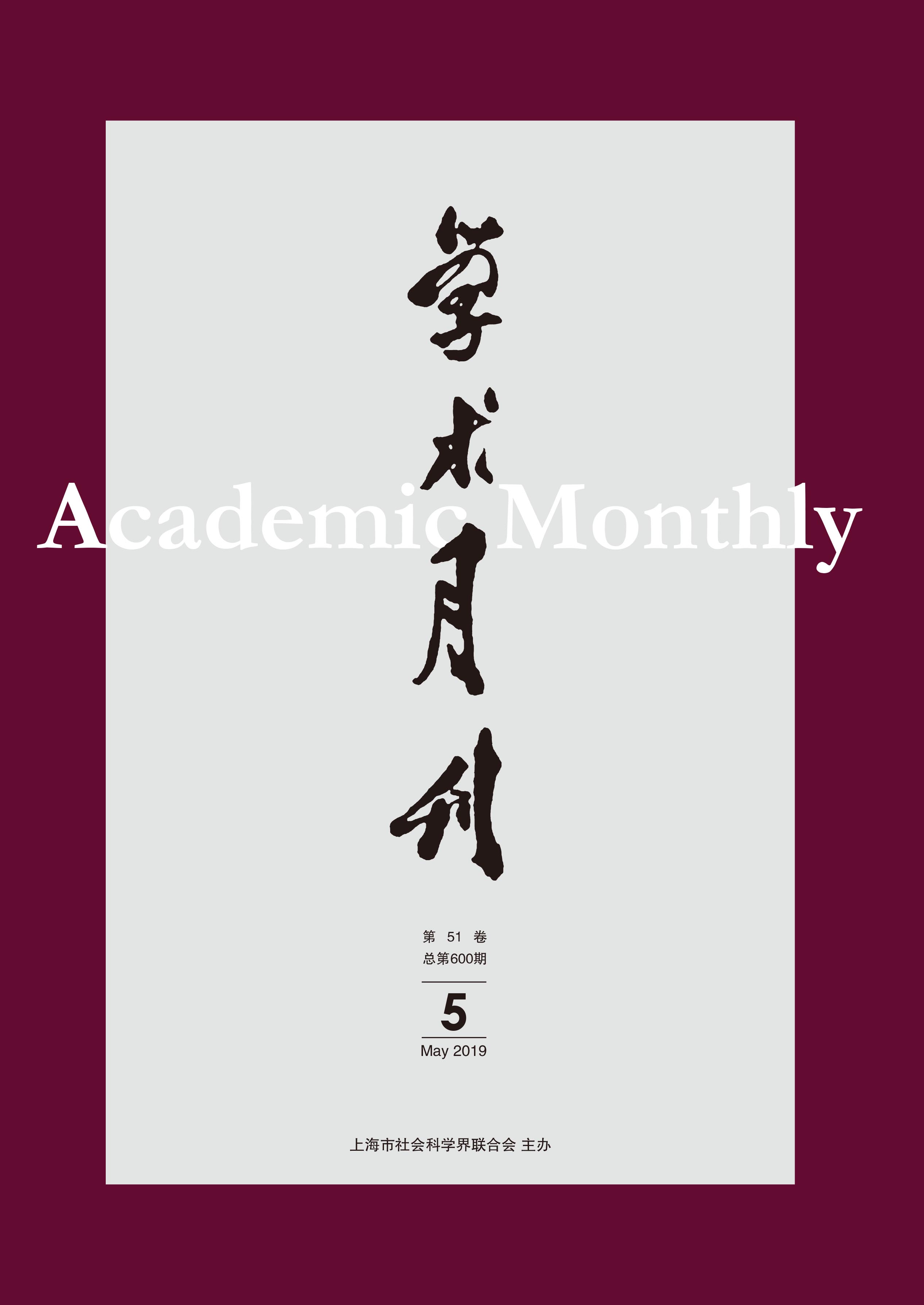Policy Coordination and Reform Response for China’s High-quality Economic Development
- Available Online: 2019-05-01
Abstract: One of the fundamental reasons for the continuous sharp decline of China’s economic growth since 2010 is the failure to properly handle the interactive and complementary relationship between short-term policy response and mid- and long-term deep structural reform. Consequently, China is facing many internal risks, coupled with external uncertainties that add to the economic difficulty. To address the short-term complex situation, China needs to strengthen policy coordination and structural reform in an interactive manner to achieve mid- and long-term high-quality development. Current efforts to stabilize growth, promote reform, adjust structure, benefit people’s livelihood and prevent risks must be positioned within a comprehensive governance framework featuring dynamic linkage and general equilibrium, so as to reverse the continuous deceleration trend. This is an inevitable requirement for reform and opening-up in the new historical period and is also essential for adapting to the transition of economic growth engines, the transformation of major social contradictions, and the restructuring and upgrading of institutions and mechanisms. In the face of reform and development challenges, we must move beyond the mere agreement on reform toward further clarifying how to reform and who is responsible and capable of the implementation. This requires both short-term monetary, fiscal and macro-prudential policy adjustments and mid- and long-term structural and institutional reforms, in particular deep structural reforms in financial and fiscal systems, so as to foster a virtuous circle between the financial sector and real economy, solve the dilemma of private enterprises’ financing difficulties and high costs and local governments’ high debts, achieve incentive compatibility between the central and local governments, and promote benign competition for development in the private sector. In this way China’s market-oriented reform and opening-up to economic globalization can go deeper to realize sustainable and benign economic development.



 沪公网安备 31010102003103号
沪公网安备 31010102003103号 DownLoad:
DownLoad: